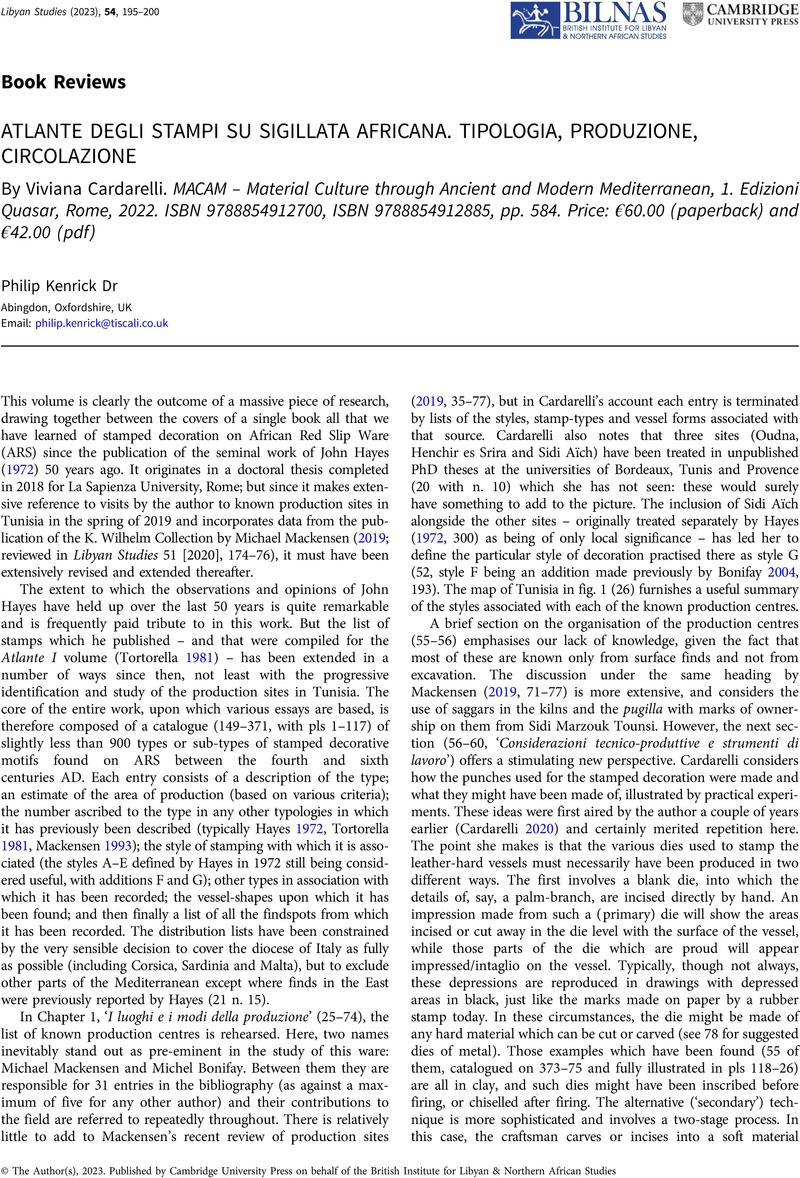Crossref Citations
This article has been cited by the following publications. This list is generated based on data provided by Crossref.
Iliescu, Iulia
and
Achim , Irina
2024.
We see it today, but what is it? An intriguing figural image on ceramic vessel from Histria.
Peuce Serie Nouă,
p.
243.



